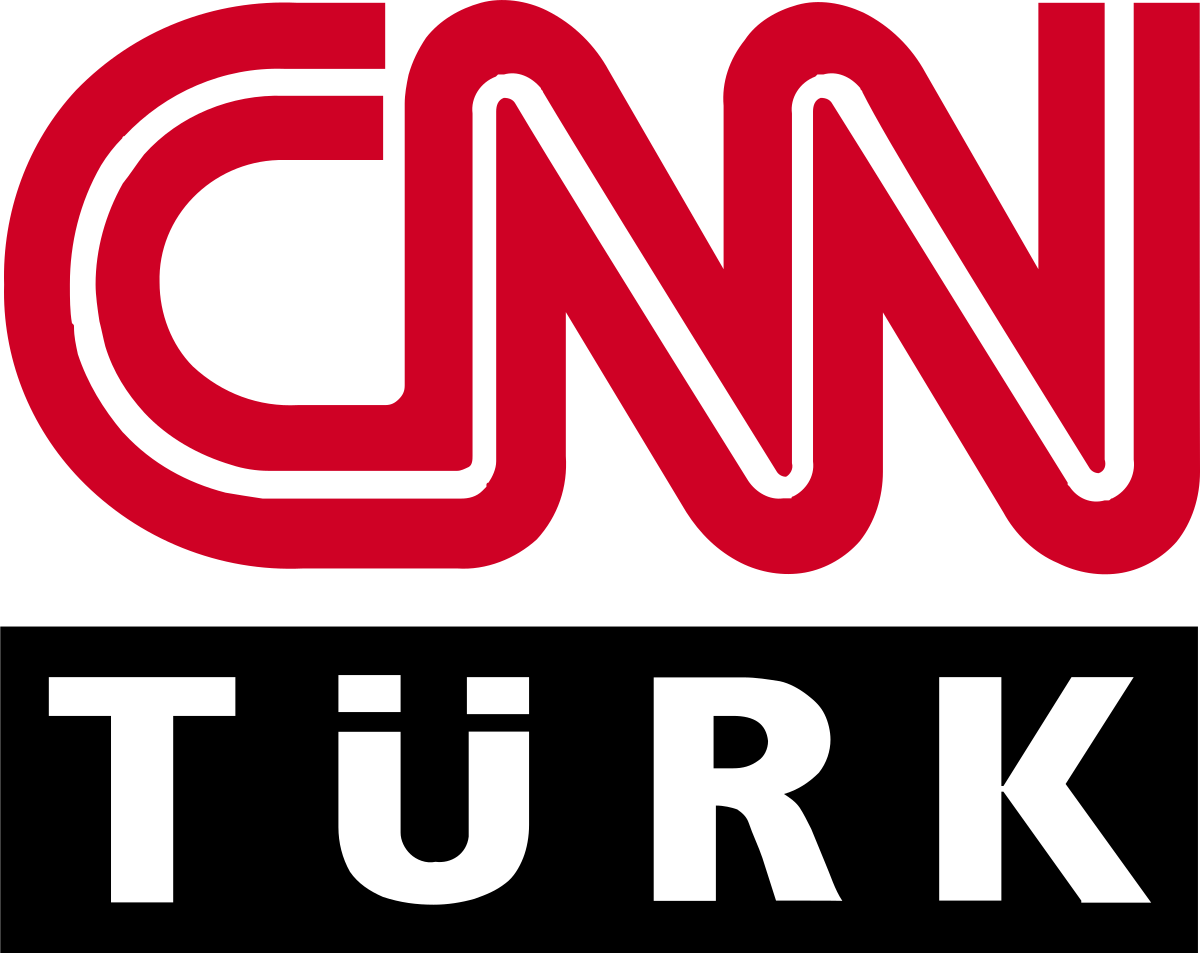Indigenous North American Stickball: A Rich Cultural Tradition
Introduction
Indigenous North American stickball, often referred to as “the little brother of war,” is a sport deeply rooted in the traditions and heritage of native communities across the continent. This article delves into the captivating history, gameplay, and cultural significance of this ancient sport, shedding light on its evolution from a symbolic ritual to a competitive and community-building activity.
Indigenous North American Stickball: A Glimpse into the Past
The origins of indigenous North American stickball can be traced back centuries, with various indigenous tribes incorporating it into their rituals and ceremonies. These early versions of the sport held deep spiritual significance, symbolizing the cosmic struggle between good and evil. Participants believed that playing stickball would bring harmony, heal the sick, and ensure bountiful harvests.
Evolution of Gameplay: From Ritual to Sport
Over time, indigenous North American stickball transformed from a ritualistic activity to a competitive sport. The game involves two teams, each aiming to score points by getting a ball through the opponent’s goal. The rules and gameplay mechanics vary among different tribes, adding to the diversity and richness of the sport. While traditional stickball was often played using wooden sticks and a deerskin ball, modern variations may incorporate contemporary equipment and materials.
Cultural Significance and Community Bonding
Indigenous North American stickball goes beyond being just a sport; it’s a powerful tool for fostering community connections and preserving cultural heritage. It serves as a medium for passing down traditional values, stories, and skills from one generation to the next. The sport promotes teamwork, communication, and a deep sense of belonging among participants, reaffirming their cultural identity.
The Role of Stickball in Modern Times
Despite the challenges posed by colonialism and societal changes, indigenous North American stickball has not only survived but thrived. Many tribes host stickball events, tournaments, and festivals that attract participants and spectators from around the world. These gatherings provide an opportunity to celebrate native culture, showcase athletic prowess, and honor the legacy of the sport’s ancestors.
Indigenous North American Stickball in Different Tribes
Choctaw Stickball: The Game of Little Brother of War
The Choctaw people refer to stickball as “the little brother of war.” It’s a high-energy game that requires skill, agility, and strategy. The Choctaw version of the game involves two goals positioned at each end of a field, and players use stickball sticks with woven pockets to carry and throw the ball. The game is known for its physical intensity and competitive spirit.

Cherokee Anetsa: A Symbol of Strength and Unity
Among the Cherokee people, stickball is called “Anetsa,” meaning “little brother of war.” The game is seen as a way to honor warriors and maintain the tribe’s unity. Cherokee stickball is played with two sticks – one for catching and carrying the ball, and the other for defense. The game’s fast pace and intricate strategies make it a true spectacle.
Seminole Pahsaheman: Where Skill Meets Tradition
The Seminole people engage in stickball, or “Pahsaheman,” to showcase their athletic prowess and honor their ancestors. The game involves unique stick designs, each with its own significance. The sticks are used to catch, carry, and throw the ball, and players must rely on their speed, accuracy, and teamwork to succeed.
FAQ’s
Q: What is the significance of stickball in indigenous cultures?
A: Stickball holds deep cultural and spiritual importance, serving as a means of connecting with ancestral traditions, promoting unity, and passing down heritage.
Q: How does stickball differ among various tribes?
A: Different tribes have their own variations of stickball, with distinct rules, equipment, and gameplay styles that reflect their unique cultural identities.
Q: Is stickball still played in modern times?
A: Yes, stickball is very much alive in contemporary indigenous communities, with organized tournaments and events that celebrate the sport’s legacy.
Q: What role does stickball play in community building?
A: Stickball fosters a strong sense of community by promoting teamwork, communication, and a shared cultural identity among participants.
Q: How can outsiders respectfully engage with indigenous stickball events?
A: Outsiders can show respect by observing the games, appreciating the cultural significance, and learning about the history and traditions behind the sport.
Q: How has stickball adapted to the modern world?
A: While stickball retains its cultural roots, modern adaptations may include organized leagues, standardized rules, and contemporary equipment.
Conclusion
Indigenous North American stickball stands as a testament to the resilience, strength, and cultural richness of native communities. From its ancient origins as a spiritual ritual to its vibrant presence in modern tournaments, stickball continues to captivate hearts and minds. As we celebrate the history and significance of this timeless sport, let us honor the heritage it represents and the unity it fosters.





